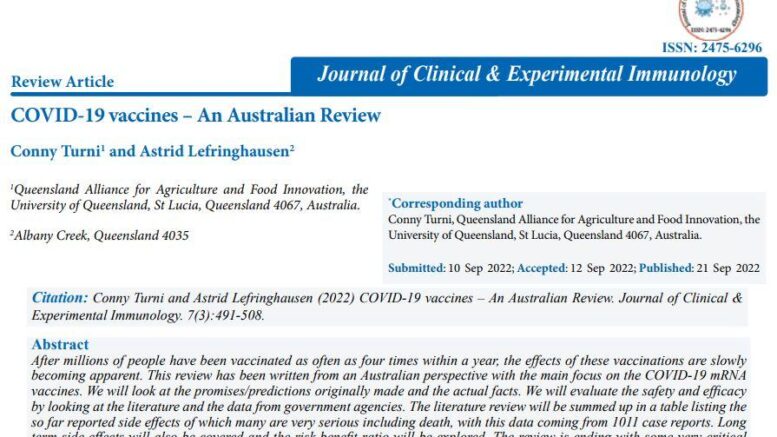Fundamentals of Molecular Nano-Communication Networks [Lecture]
This is a lecture by Ian Akyildiz in Oct 2022 on nanotechnology and how we can replicate nature to create intra nano body networks / nanomachines, as well as what the current limitations are (good to know), how graphene is wonderful (omitted how toxic it is), and how having zillions of nano devices in our blood cells is a “huge revolution” that will “save humanity” and make us live longer. (yeah, right).
Fundamentals of Molecular Nano-Communication Networks
11 Oct 2022 | Source: YouTube | Mirrors: Rumble | Rumble | Telegram
Ian Akyildiz
Broadband Wireless Networking Lab
School of Electrical and Computer Engineering
Georgia Institute of Technology
Timestamps
- 9:19 Nano Materials
- 12:14 Abstract Picture of a Nano Machine
- 13:45 Integrated Devices, DNA Scaffolding
- 14:30 Nano Batteries, Carbon Nanotubes, Physical/Chemical/Biological Nanosensors
- 15:27 Nano Memories, Zinc Oxide nanowires, piezoelectric nano-generators (lifetime potential)
- 16:44 Gold Nano Memories
- 20:33 Energy Sources
- 22:10 Biotransisters
- 24:08 Antenna from a Moth
- 30:29 Man-Made Machines
- 31:10 Internet of Things
- 32:52 Chemical Attacks
- 33:27 Target Wireless Networks
- 35:38 Spreading Loss and Absorption Loss
- 50:47 What is a Molecular Motor
- 55:27 Bacterial Communication
- 59:50 The Communication Domain
- 1:00:07 Challenges
- 1:09:10 Research Challenges
Notes taken from Transcript and notes/images as I was looking things up whilst watching.
Intro: We are in one of the same projects so that’s great so he’s of course very well known in this area of wireless sensor networks. He currently directs a laboratory on a wireless networking, and it’s a great laboratory I have been there many times and it’s great because they do both theory and practice. He has seen many awards that will take me at least 15 minutes to go over, which I won’t. He is interested in Nano Networks, Cognitive Radio Networks and Wireless Sensor Networks. Today he will talk to us about Fundamentals of Molecular Nano communication Networks.
Ian F. Akyildiz
Thanks for attending my presentation. I became interested in Nano networks in 2005 because my students were seeking Professor positions and kept complaining that many places were looking for Nano experts. So, I developed an interest in Nano technology. I experienced the microchip era in the 70s during my school years, and witnessing the rapid advancement of the internet and other high-tech innovations, I became curious about how these Nano machines would communicate. That’s when I began my research. I have been in Barcelona since 1973, initially as a hippie, and later I started visiting the UPC. During one of my visits, I suggested the idea of creating a center, which was eventually established in 2008. It’s a very active area with numerous ongoing research projects.
- Exploring Nano device validation and communication.
- Believed molecular communication was the best way for nanoscale machines to communicate, inspired by biology.
- Students: Fernando Brunetti (Madrid, PhD microsensors), Cristina Blázquez (Barcelona), Josep Miquel Jornet, Massimiliano Pierobon, Lluís Parcerisa Giné
- 2008 Brunetti, Akyildiz: Nanonetworks: a new communication paradigm (PDF)
- Jornet, who focused on molecular technologies, joined his lab in 2009. They realized that operating nanoscale machines through electromagnetic (EM) approaches was also possible.
Found 2017 article Biology, Engineering, and Robotics Converge with Dr. Ian Akyildiz on “Bacteria-Based Nanomachines” and “Bio-Nanothings communication with Internet of Things devices“.
So, what is a nano network?
Nanomachine
These Nanotechnology devices, which are the most basic functional units at the nanoscale. They include computers, processors, data storage, memories, sensing devices (Nano sensors), sensing units, and even actuating units and antennas—all at the nanoscale.
Nanonetworks
The key aspect we are discussing is how these nano machines can communicate with each other, which brings us to the concept of nanoscale networking, so how we can connect these nano machines in order to perform complex tasks and enable communication among them. (02)
Designing Nanomachines
Currently, there are three different approaches being taken by nano experts for the design and development of these nano machines.
- The first approach is known as the “top-down” approach. It involves taking machines at the microscale level and scaling them down to the nano level. This process is referred to as “top-down.”
- The second approach is the “bottom-up” approach, which involves starting from scratch and creating nano machines. In this approach, nano materials, such as graphene, are utilized to develop nanoscale components and modules. These components are then used to build the nano machines.
- The third approach is to look to nature for inspiration. Nature already provides us with numerous examples of nanoscale machines, such as those found in human cells. By studying and imitating these natural phenomena, we can create our own nano machines. This approach is often referred to as the “biological” or “natural” track, as we learn from and mimic nature.
- The other approach is a hybrid, combining material-based components with those inspired by nature for developing nano devices.
There is ongoing development of nano machines, and currently, there is no definitive winner between the top-down and bottom-up approaches or between material-based and organic-based components.
He said “There is no Complete NanoMachines in existence yet” (really? *cough*)
“Complete nano machines do not yet exist, although there are existing nano processors and modules.”
Nobel Prize for Graphene
2010, Russian inventors Andre Geim and Konstantin Novoselov, received the Nobel Prize in Physics for “for groundbreaking experiments regarding the two-dimensional material graphene”…
- Andre Geim
- Dutch citizen. Born 1958 in Sochi, Russia. Ph.D. 1987 from Institute of Solid State Physics, Russian Academy of Sciences, Chernogolovka, Russia. Director of Manchester Centre for Meso-science & Nanotechnology, Langworthy Professor of Physics and Royal Society 2010 Anniversary Research Professor, University of Manchester, UK.
- Konstantin Novoselov
- British and Russian citizen. Born 1974 in Nizhny Tagil, Russia. Ph.D. 2004 from Radboud University Nijmegen, The Netherlands. Professor and Royal Society Research Fellow, University of Manchester, UK.
Graphene Flagship
“Graphene is gaining significant attention, and there are flagship activities like the Graphene Flagship project in the European Community, which involves several billion dollars of investment and over a decade of effort (2013-)”
- He is involved in the Graphene Flagship project.
- There is another project called Guardian Angels, focused on nanosensors.
- There are six finalists in the flagship activities, and the winners will be decided in 2023.
The Future and Emerging Technologies (FET) Flagships. The European Commission has selected six futuristic proposals to compete for two huge flagship projects that will apply information and communication technologies to “social problems”. (03) (04)
- The six shortlisted projects include:
- The Human Brain Project; (05)
- Graphene, which will develop the thinnest conducting material known for data storage and processing platforms; (see also Graphene Flagship post) (06)
- Guardian Angels, a project to develop nanoscale sensors and interfaces for detecting and responding to environmental danger;
- Robot Companions, which will develop soft-bodied ‘perceptive’ robots as companions for the lonely;
- FuturICT, for planetary-scale modeling of human activities and their impact on the environment;
- ITFoM (IT Future of Medicine), which will develop ways to apply research data more efficiently in health care.
EU Commission also has flagships for: (07)
- Quantum technologies flagship “The quantum technologies flagship aims to accelerate the development and uptake of quantum technologies. It will place Europe in a leadership position for the second quantum revolution.” (08)
- and the Battery 2030+ initiative (09)
Nanomaterials
Graphene, Nanotubes & Nanoribbons
- The bottom track focuses on nano materials, such as nanotubes, nanoribbons, and the emerging graphene. Nanotubes & Nanoribbons were the most widely-used, but now graphene is the up and coming.
- Graphene is a single sheet of carbon atoms bonded in a honeycomb crystal lattice structure.
- Carbon nanotubes (CNT) are folded nanoribbons (1991)
- Graphene nanoribbons (GNR) are thin strips of graphene (2004)
- Graphene has the potential to create new components such as batteries, memories, processors, antennas, and transceivers at the nanoscale.
- Graphene has been analyzed for its electrical and quantum mechanical properties. It has high current capacity, high thermal conductivity, and is energy-efficient and mechanically strong.
- Additionally, it has a very high sensitivity (excellent sensing capabilities).
- Utilizing these advantageous properties, we can develop systems using graphene.
NM Based Nano-Machine Architecture
2010 Akyildiz, Jornet: Electromagnetic wireless nanosensor networks (PDF)
- Abstract picture of a nano machine that they are trying to create.
- In the typical nano machine, we incorporate components like batteries, nano sensing units, actuators, memories, and antennas.
- Challenges arise in developing these modules and integrating them into this platform.
DNA Scaffolding
- One research solution is the use of DNA scaffolding, where components are integrated using DNA strands such as adenine, guanine, thymine, cytosine, etc.
- You take this strip of these DNAs and then glue them in these components.
- These DNA strands are utilized to connect and assemble the components, creating integrated devices.
- This integration process is still ongoing.
Nanosensors
Components:
- Physical nanosensors – have these carbon nanotubes. If they experience external forces, they can sense them.
- Chemical nanosensors – can sense chemical units like gas molecules. These sensing units exist separately or as biosensors.
Nano-Batteries
- My colleague is very famous in this area, works on nano batteries.
- You can see these zinc oxide wires, which are infinitesimally small.
- They can generate power from vibrations, and he has already demonstrated them as separate standalone components.
Nano-Processors
- Nanoprocessors are already in our latest laptops. The newest laptops already have 33-nanometer processors, and 20-nanometer processors are coming out.
- In New York and Manchester, they had the world’s smallest processor, measuring one nanometer in 2008. You can see it under the microscope on the right-hand side.
- Nanoprocessors are already on the market.
Nano-Memory
- Nano memories are also being developed using Nano materials. The objective is to create single-atom memories, meaning to store a single bit in a single atom.
- If you’ve never heard of Richard Feynman, it’s worth mentioning that he was a very interesting character. He was one of the important people in the Manhattan Project and received the Nobel Prize in 1965. (10) (11) (12)
- In one of his famous talks in 1959, he gave an example of using 5x5x5 atoms to store a single bit, avoiding inter-atom interference, making it 125 atoms per bit.
- In computer science, people are using DNA for computing, aiming to use 32 atoms per bit. The objective is to have a single bit for a single atom.
- Now, people are developing gold Nano memories or magnetic memories, which will have a gigantic capacity for storage. Imagine having a huge storage capacity in very small devices.
Nano-Antennas
- In antenna conferences, you will find several papers on Nano antennas, where people are trying to develop single carbon nanotubes or nano-dipole arrays of them for nano-dipole configurations.
Organic Nanomachines
- Natural Nano machines: Eukaryotic cells, neurons, bacteria
- Communication in nature: Molecules like proteins, ions, hormones, chemotaxis
- Learning from natural components to develop Nano machines
- Energy sources in cells: ATP synthesis in mitochondria
- Application of energy spray for mobile devices (concept, not yet in the market)
Now, let’s go through the natural track. There are a lot of nanomachines in nature, like eukaryotic cells or cells like neurons. I will show you all these components: mitochondria, nucleus, and others like gap junctions. They are really nanomachines in the natural world.
On the right-hand side, you can see bacteria which are also nanomachines in nature.
Now, you can also see these nanomachines in nature that communicate. On the top, you can see eukaryotic cells, which are true nanomachines. They use molecules like proteins, ions, hormones, and pheromones to communicate with each other.
Down there, you can see bacteria also communicating. They achieve this as nanomachines, binding to each other or releasing molecules like DNA or autoinducers, which are then captured by other bacteria. This already exists in nature.
Now, let’s take a look at the eukaryotic cell that I mentioned and examine all these components step by step. You can see the nucleus, DNA, vesicles, gap junctions, receptors, and mitochondria.
Can we learn from these components and develop them in our physical world? Can we create nanomachines inspired by nature?
Nano-energy sources in nature
Here is a very good example of energy sources. In cells, useful energy is gained by combining glucose, amino acids, fatty acids, and oxygen. This results in the production of adenosine triphosphate (ATP), which is the energy source for cells. Sometimes, when your sugar level is low, you may feel low on energy because the glucose level is low.
Now, you can see mitochondria under the microscope where they absorb amino acids, fatty acids, glucose, and oxygen to generate energy for cells. This concept is already being used.
It was even featured in CNN news two years ago. There are already concepts being developed, such as sprays that can be applied to cell phones or mobile devices to help them gain energy.
Biological Transistors
So now, here is a topic about biotransistors. These pictures are from IEEE Spectrum last year. They had a special issue about this. As you can see here, how can we design them in the same way we design a silicon chip? We create biological transistors based on protein synthesis from DNA, as shown on the right-hand side.
All devices that produce silicon chips, may be reproduced as cells (living circuits) but certain chips are hitting the ceiling of Moore’s Law. (13)
Now we can try to create new chips as living cells, forming circuits. We can expand the capacity of these chips, and accordingly, they will have much more powerful functionalities than just silicon chips. That’s why we are saying that their capacity will increase.
Biological Transceivers
Can we also create transceivers? Like you can see, this cell releases molecules like proteins, and they float around. Can we mimic this and create a transceiver? It will release molecules, kind of like message packages.
Similarly, cells in nature receive these molecules through a process called ligand binding. These molecules come and are sucked in by the receiver, in this case. That’s called ligand binding process. Sometimes they get lost. Now, can we mimic this as a receiver and create our receivers for our machines? These are questions. (14) (15)
Moth Antenna
Molecular communication options for long range nanonetworks., 2009 (16)
Here is an antenna from a moth. You know, animals communicate, and they all have antennas. Pheromones, for example, come and are received by cuticles and evaluated. It’s kind of like receiving signals and then evaluating them. It’s a chemical communication. Can we do the chemical communication in our world?
Timestamp: 25:25
Hybrid Nanomachines
Long term, the next 20 years, I think we will have machines that will have certain parts from the nanomaterials, from the first part that I explained to you, and the second part maybe could be like learning from nature, and they will be put together as a hybrid Nano machine, like you can see here.
- DNA memory (ultrahigh storage capacity)
- Graphene-based processor (ultrafast computation)
- Molecular communication transceiver (high biocompatibility)
- Bio-electromechanical energy harvesting system (ultrahigh density energy storage)
Like zinc oxide wires and biological nanosensing units, and then maybe we can also have the nano-batteries learn from these mitochondria roles. So, that will be, in my opinion, the long-term solution: coming up with hybrid components and hybrid Nano machines.
So now, what I did so far is I explained to you the components. What people are trying to do. In my opinion, the first track will be faster, like doing all these nanomaterials. The second track will take longer because it’s not easy really to map everything in nature to our physical world.
Once these devices are developed and they can be used for many, many applications, especially when they are put together and they create these networks, one of the applications is kind of like intrabody Nano Networks.
Intrabody nanonetworks
Intrabody Nano networks are these Nano devices that will be injected into the body, for example, into the blood, and they will have zillions of them, like white and red blood cells, and they will be these initial cells, and then they will communicate cooperatively.
So, there’s a nice cooperative communication, and then they will attack the viruses and bacteria, right?
So, it sounds very science fiction, but that’s the reality.
All these diseases that you can imagine will be history, like diabetes, Alzheimer’s, epilepsy, depression, cancers, and malaria. So, the list goes on and on. So, in the medical field, there will be a huge revolution. My opinion is, once you solve all of these in the next 30 years, and I’m sure the nature will give us other problems in terms of health. So, I say that human life should be prolonged to 200 years, but I think there will be other problems.
Holy hell – this is the problem when the scientists don’t know the truth, they actually buy into the idea that their transhuman / synthetic biology inventions is actually going to help humanity?
Anyway, I’m taking a rest from taking notes from this lecture. We’re up to timestamp 27:27, you can watch the video for the rest.
See also: Intra Body Nano Network (5 Parts) to understand the opposing view to this synthetic takeover.

Site Notifications/Chat:
- Telegram Post Updates @JourneyToABetterLife (channel)
- Telegram Chatroom @JourneyBetterLifeCHAT (say hi / share info)
- Gettr Post Updates @chesaus (like fakebook)
Videos:
References


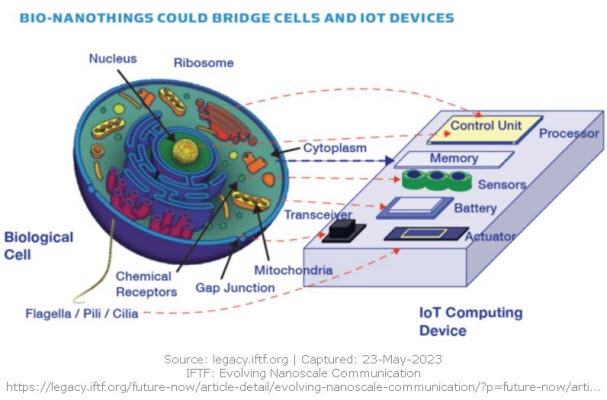

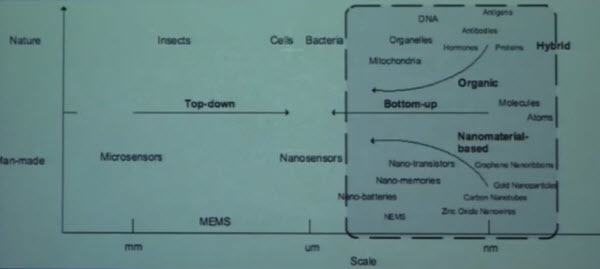


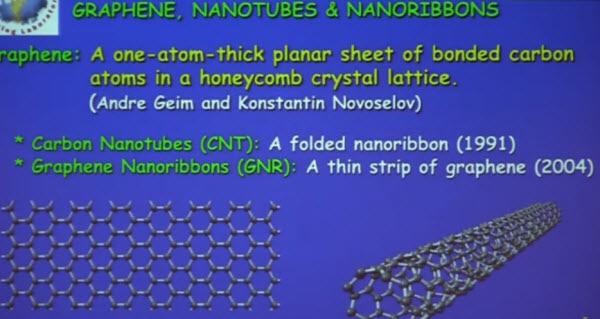
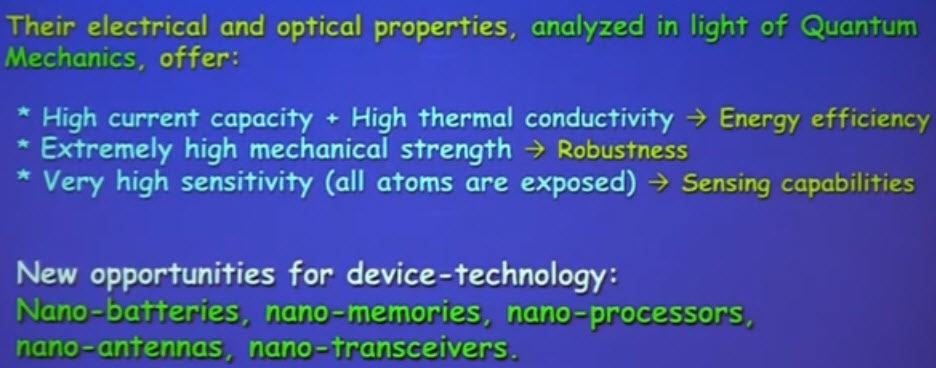


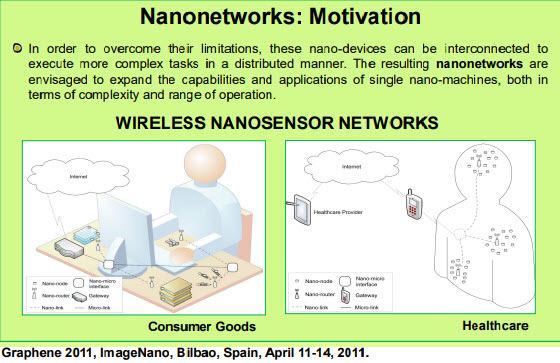

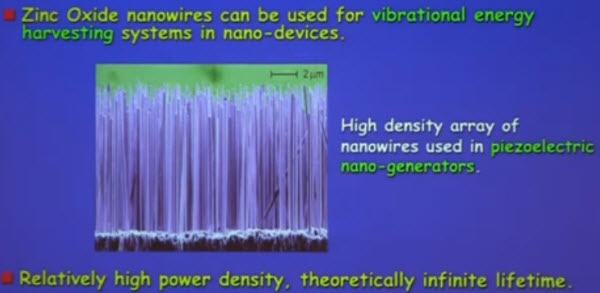

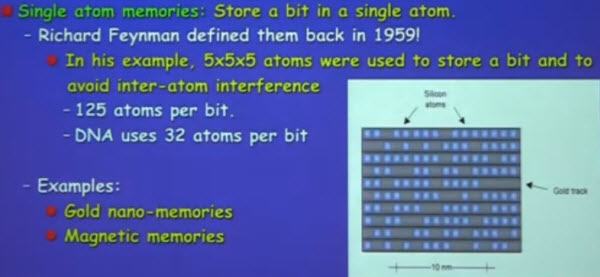
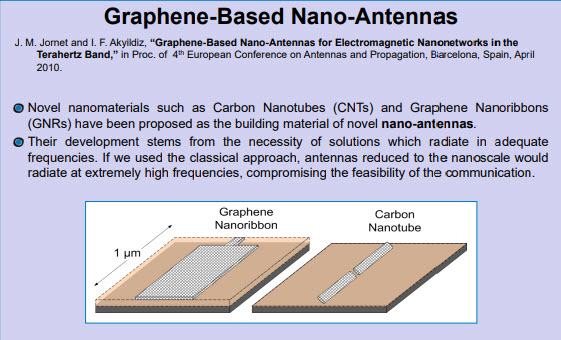

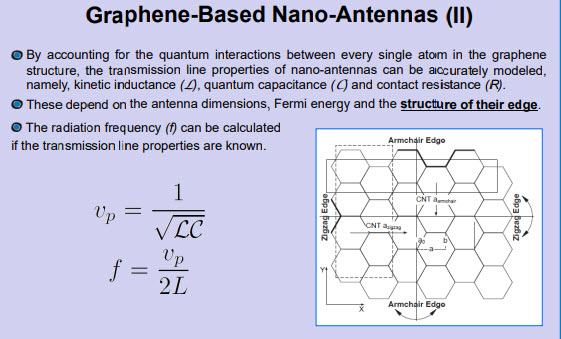
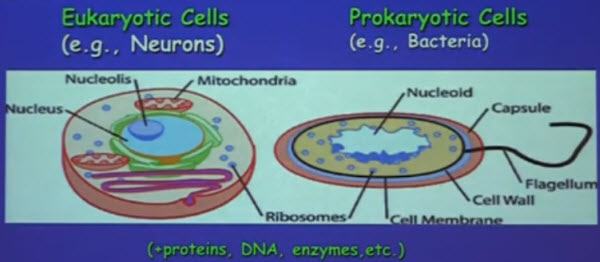

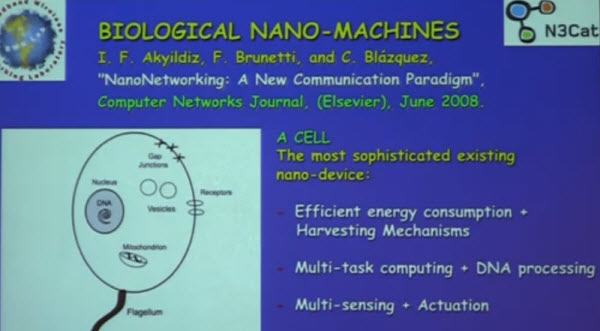
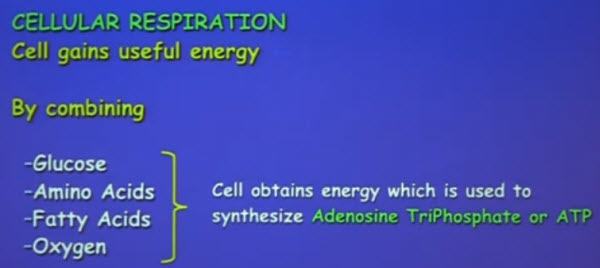


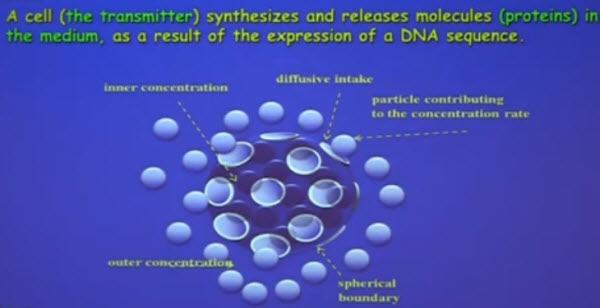
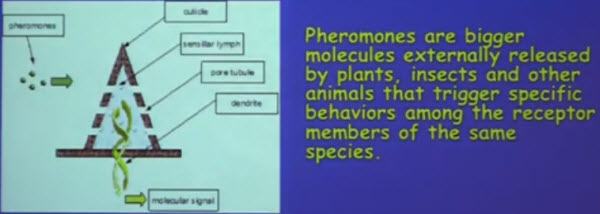







![[Random] Philosophical & Channelled Messages 2020](https://pennybutler.com/wp-content/uploads/2020/09/lighthouse-in-storm.jpg)

